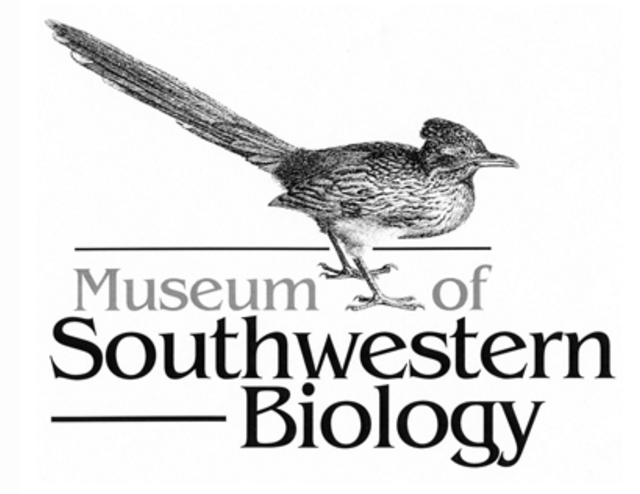Document Type
Article
Publication Date
6-30-1986
Abstract
A study of the mammals of the Animas Mountains and adjacent areas of Hidalgo County, New Mexico, was conducted from February 1981 to March 1982. Some 745 specimens were collected along with data concerning the habitat affinities, natural history, and relative abundance of the mammalian fauna. Examination of an additional947 specimens and reporting of specimens in museums supplemented the fieldwork. The recent mammals of the Animas Mountains include 76 species in 21 families. Didelphis virginiana, Lasionycteris noctivagans, Lasiurus ega, Ammospermophilus harrisii, and Reithrodontomys fulvescens are reported for the first time from the study area. The most abundant mammal in the area is Peromyscus boylii; while Didelphis virginiana, Choeronycteris mexicana, Leptonycteris sanborni, Lasionycteris noctivagans, and Tadarida macrotis may be present only at irregular intervals. Within historic time, two species, Mus musculus and Sus scrofa, have been introduced and three species, Cynomys ludovicianus, Canis lupus, and Ursus arctos, have been extirpated. The subspecies Thomomys umbrinus emotus is the only mammal endemic to the Animas Mountains. Other montane relicts include Sorex arizonae, Sylvilagus floridanus, Eutamias dorsalis, and Neotoma mexicana. Sorex arizonae and Lepus callotis are the most restricted species, occuring in only one habitat type. Myotis leibii, Neotoma albigula, and Canis latrans are the most euryecious, being found in 9 of the 10 habitat types. Riparian habitats exhibit the greatest species richness and coniferous forest the least. A general trend of decreasing number of species with increasing elevation is evident among the various habitat types. A Jaccard's index of similarity matrix indicates a decreasing faunal resemblance with increasing elevational separation of habitats.
Recommended Citation
Cook, Joseph A.. "The Mammals of the Animas Mountains and Adjacent Areas, Hidalgo County, New Mexico." (1986). https://digitalrepository.unm.edu/occasionalpapers/11


Comments
OCCASIONAL PAPERS THE MUSEUM OF SOUTHWESTERN BIOLOGY 4